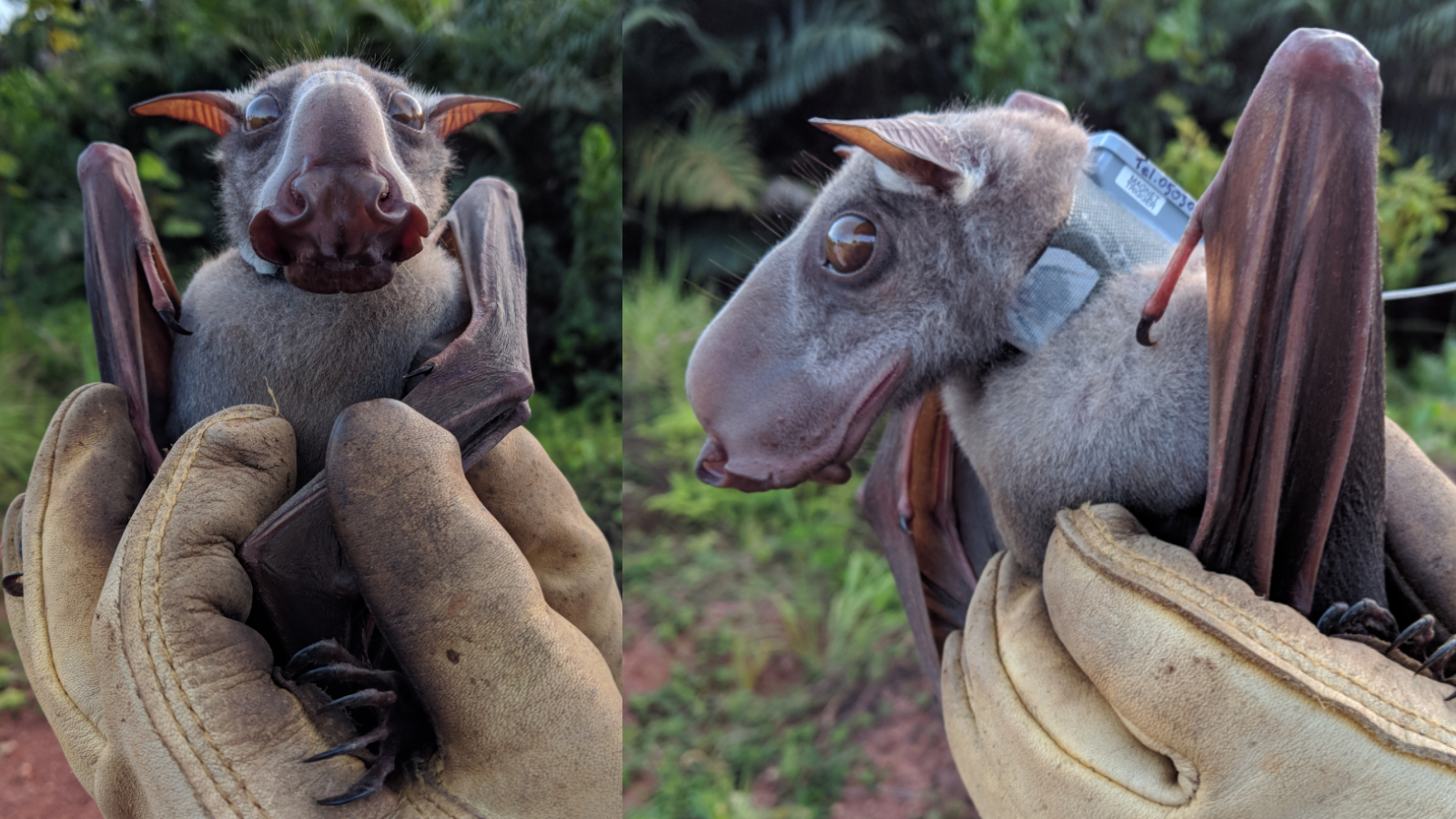Biology, Vol. 12, Pages 1393: Spatial Patterns of Frangula alnus (Rosales: Rhamnaceae): Implications for Invasive Plant Management
Biology doi: 10.3390/biology12111393
Authors: Jennifer Greenleaf Roghaiyeh Karimzadeh Yong-Lak Park
Glossy buckthorn (Frangula alnus) (Rosales: Rhamnaceae) is an invasive shrub from Europe that has been invading North America for over a century and threatening native vegetation in open and disturbed habitats. The treatment of F. alnus is currently restricted to the roadside, suggesting any individual F. alnus residing within the forest would be left unmanaged and would continue to spread in the area. This research was conducted to determine the spatial patterns and relationship of F. alnus with forest roads. The presence and density of F. alnus at 1412 sample points were recorded on four sites in the Allegheny National Forest, Pennsylvania, USA. Buffer analyses were conducted along roads to determine the relationship between F. alnus density and proximity to forest roads. Geostatistics and spatial analysis by distance indices (SADIE) were used to characterize the spatial pattern of F. alnus. Results of this study showed that F. alnus was spatially aggregated and resided beyond forest roads. Both the density and presence of F. alnus decreased as the distance from the forest road increased. These results imply the potential for precision management of F. alnus by locating and managing only where F. alnus presents.

 6 months ago
19
6 months ago
19


